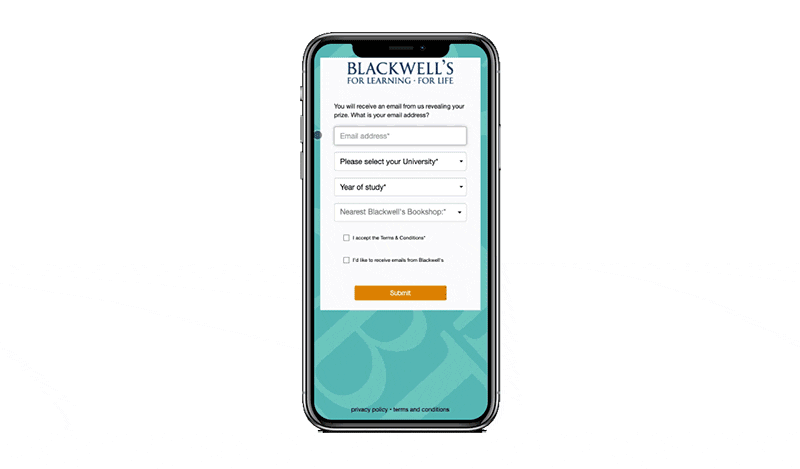What is Zero Party Data?
According to Forrester, “zero-party data is that which a customer intentionally and proactively shares with a brand. It can include purchase intentions, personal context and how the individual wants the brand to recognize her.”
Many brands will be collecting considerable amounts of data (first, second and third party data) which can be inferred or observed. Zero-party data collections means data collection that is exclusively self-reported that a consumer willingly and intentionally provides to a brand about their preferences, interests and feedback.
Tying together behavioral insights from purchase and browsing along with preferences collected gives brands the ability to refine their data collection strategy and optimize how they talk to their audience, the content they share and the reason why.
What is the value of Zero Party Data?
In short, zero-party data helps brands to get to know their customers better and hear directly from them, collecting their personal data in return for personalizing content for customers in marketing campaigns. In fact, 39% of consumers are more likely to purchase from brands that share content that interests them.
How Can You Collect Zero Party Data?
There are a variety of different ways to collect self-reported data from a customer and the classic zero-party data strategy is by collecting it through preference centers. These are often seen as a series of dull grey tick boxes with no real sense of engagement or value exchange. Asking for these preferences in a more engaging and interactive way while being clear about the benefits of providing this data will generate better results and a higher quality of meaningful data, without having to overwhelm customers.
Swipe to enrich:

Here you can see how Central England Co-operative use our Swipe to Enrich module as a part of their Welcome Program post-registration. This runs as an interactive preference center to power their personalization strategies. Each swipe is recorded against the consumers’ profile feeding directly into their CRM platform, meaning they can tailor the content they send to customers.
Other ways of zero-party data collection for interests and preferences can be through quizzes, which can be used to make product or profile recommendations. You can take a consumer through a series of questions and then on completion of the questions provide them with a result (such as product, gift, personality, or style). This enables brands to collect data points while driving conversion by making a recommendation.
Personality quiz:

Cosmetics retailer Feelunique ran a beauty identity quiz, enabling them to collect customer interests, preferences and understand their behavior while making a recommendation and a link to SHOP NOW to push conversions.
Using these types of quizzes allows you to segment and target customers based on their answers to the questions, which is stored as customer data. Plus, the final result provides an opportunity to deliver content and an ongoing messaging strategy based on the customer’s final profile and/or product recommendation.
Acquisition and value exchange:

A simple way to collect zero-party customer data is as a part of a value exchange. Student bookstore Blackwell’s ask a couple of profile questions prior to issuing a purchase incentive in an acquisition-focused gamification experience that also drives purchases. The questions they ask enable them to learn more about their customers (which university they attend, year of study etc) to deliver relevant, hyper-personalized and local content.
There are many other techniques, such as running always on style guides or product recommendation engines that can give the opportunity to collect these insights, but may also double up as potential acquisition tools to help grow your database simultaneously.
How can I use Zero Party Data?
There is a huge opportunity to use zero party data alongside first-party data to deliver highly personalized customer experiences based on a combination of interests, behavioral and transactional data, and real-time context.
Personalized experiences include:
- Serving dynamic content
- Making qualified and relevant product recommendations
- Issuing targeted purchase incentives to boost conversions
- Creating smart segmentations
- Delivering timely and appropriate communication
It comes down to making sure the right audience sees the right content at the right time.
Using zero-party data respects consumer privacy (as they agree to give you their data), and gives you the ability to get to know your audience better, helping you deliver emotional experiences that foster a more engaged, loyal audience and a stronger two way relationship.
Final Thoughts
Let’s be honest, using zero-party data is not going to be the magic wand that 10X’s your conversion rates. But what it can help you do is improve the ways you are talking to and engaging with your customers. This will increase their lifetime value, create loyalty and in the long run increase revenue from your loyal customer base.
It is important that brands start to think about how they are building an emotional connection with their audience, asking their customers pertinent questions that have relevance for both the brand and customer to create a long-term value exchange. Collecting zero-party data from engagement activities such as quizzes, product recommendation engines, gift finders and more will help brands drive engagement, build an emotional relationship and get to know their own audience better.
About ODICCI
ODICCI is a customer engagement platform that captures and enriches customer profiles through interactive, engaging digital experiences.






